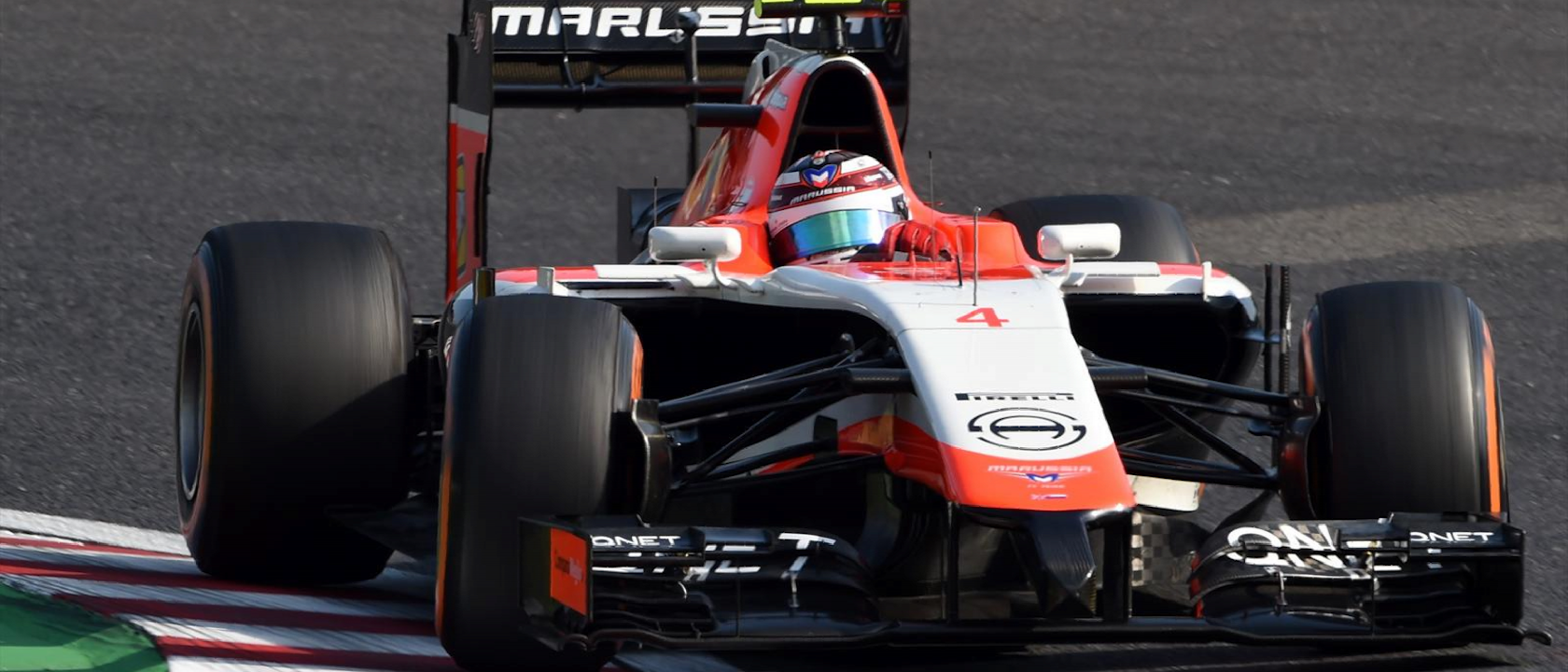An insightful commentary from last spring by well-respected F1 journalist Maurice Hamilton. It’s just as relevant today. For the FIA and Grand Prix race stewards to insist that slower cars always give way, immediately, is absurd.
The rules make clear [that] the driver about to be lapped should stop just short of pulling off the road, vacating the cockpit and saluting as the leader rushes past. Slower drivers are warned of an approaching car by a combination of blue lights in the cockpit and blue flags waved by marshals. Woe betide the hapless hero who does not get out of the way within a couple of corners.
Formula One’s security people have made much of new CCTV screens covering each garage in the Melbourne pit lane. The cars within have been in so-called parc fermé, a term that means the machinery could not be modified or adjusted before the start of the Australian Grand Prix. Only basic routine procedures were allowed. The vices displayed by a driver’s car at the end of qualifying would still be present at the start of the morning’s 192-mile encounter.
Rather than ruling out the possibility of cheating, officials might have been better served wondering how they have inadvertently stamped out the ancient art of overtaking, but with the proviso that any investigation should dismiss the ludicrous knee-jerk reactions prompted by a single race two weeks ago in Bahrain.
Tedious grands prix are not new, although the opening round of the championship did rank among the worst for some time. Drivers, unaccustomed to racing cars heavy with fuel and the potential for quickly burning the life out of a set of tyres, chose caution rather the cavalier approach that should grow in direct proportion to familiarity with the latest breed of car. Added to which, the stultifyingly drab backdrop of the Bahrain track hardly provided an exciting canvas. Officials might have been better served switching their gaze from television monitors to the rule book and one clause which, if removed, could inject interest at the stroke of a pen, and at no cost other than testing a leading driver’s patience.
Chapter 4 of the FIA’s International Sporting Code defines how backmarkers should behave when being lapped. The rule makes it clear that the driver about to be lapped should stop just short of pulling off the road, vacating the cockpit and saluting as the leader rushes past. Slower drivers are warned of an approaching car by a combination of blue lights in the cockpit and blue flags waved by marshals. Woe betide the hapless hero who does not get out of the way within a couple of corners.
The late Ken Tyrrell must be spinning in his grave at the very thought. Many a novice such as Martin Brundle, learning at the right-hand of the man who shepherded Jackie Stewart to three world championships, quaked in his driving boots when Tyrrell delivered a forthright lecture on the foolishness of caring about the leader’s race rather than his own. Stabbing a list of lap times, Tyrrell would splutter: “For God’s sake man, look at this. You lost two whole seconds on that lap letting the leader by. It’s his job to find his way past you. Do that again and you’re going back to Formula Three.”
This was before F1 political correctness took hold a few years ago, demanding palm leaves be laid in the leader’s path. No one is calling for the abandonment of the blue signals since a slower driver must be made aware of the looming presence of a faster car. And neither should the leader be blocked unnecessarily. But the suggestion of a return to overtaking basics would provoke an outcry driven by the undeniable fact that the leader, forced to go offline and drive around the backmarker, would pick up debris on his tyres and suffer a performance handicap for at least a lap. Excellent!
F1’s fundamental problem – the creation of excessive rear turbulence by a double diffuser that should have been banned 12 months ago – is here for the duration. If the sport needs an immediate injection of interest, then the backmarker rule would be a simple and legitimate means of doing it rather than fanciful suggestions such as more mandatory pit stops or, heaven help us, a short cut that drivers could employ if bored by the sight of the car in front.
Dealing with backmarkers should be part of the leader’s repertoire, even if the consequences of getting it wrong can be calamitous. In 1988, victory for McLaren in every race was denied at Monza when Ayrton Senna tripped over a Williams driven by a journeyman. Despite McLaren’s outrage, no one was hurt and the incident passed into legend.
It could be that grand prix will have been influenced by safety cars and crashes. Or it could be that an old-fashioned motor race broke out as one driver hounded another for an hour and a half, waiting for the smallest mistake in this supreme test of concentration and speed on a demanding track. Let’s not be hasty in reaching conclusions based on one procession in an equally barren desert.
guardian.co.uk © Guardian News & Media Limited 2010
Published via the Guardian News Feed plugin for WordPress.


